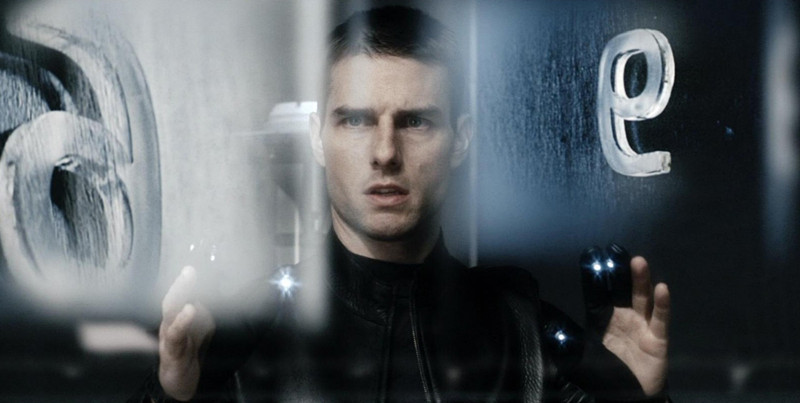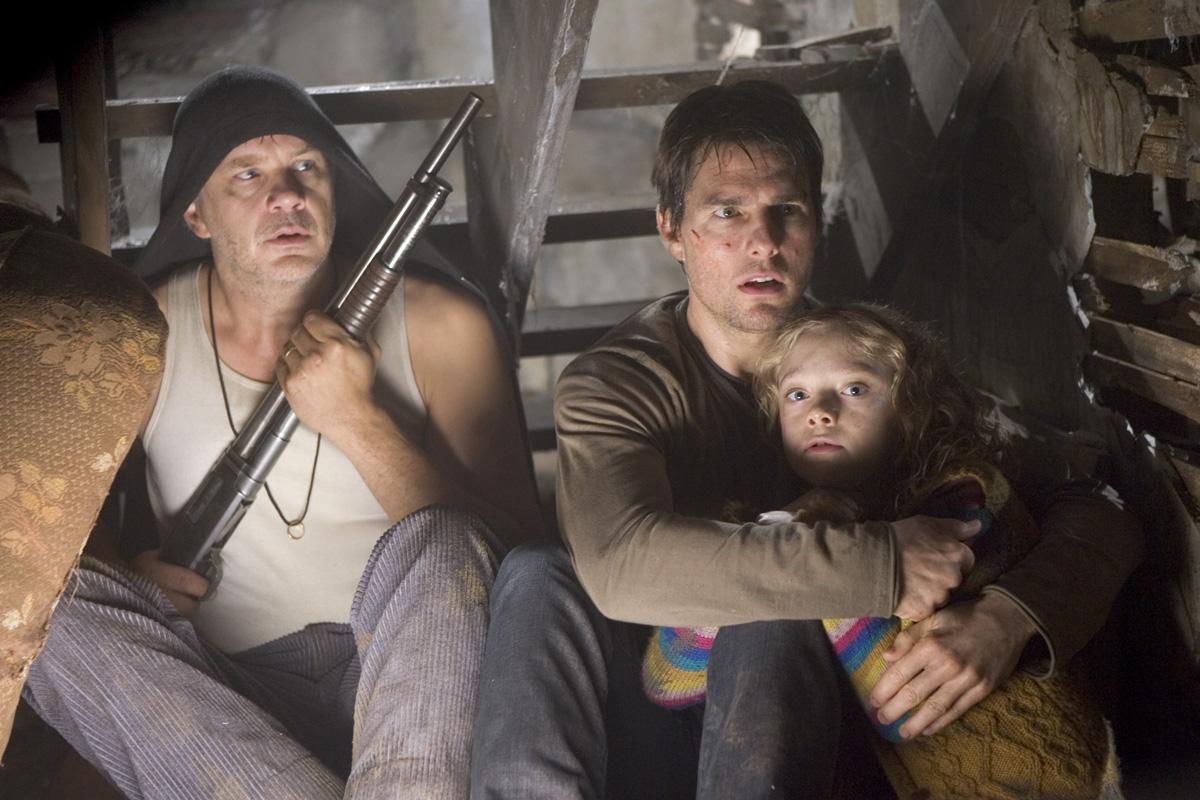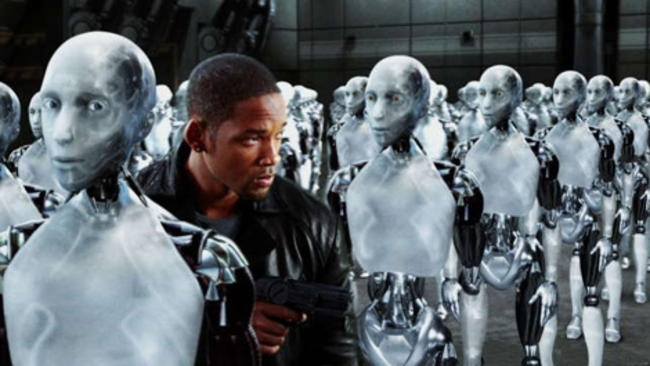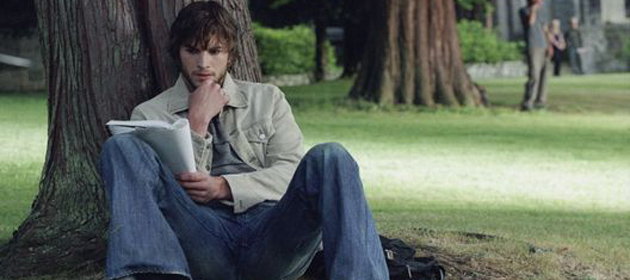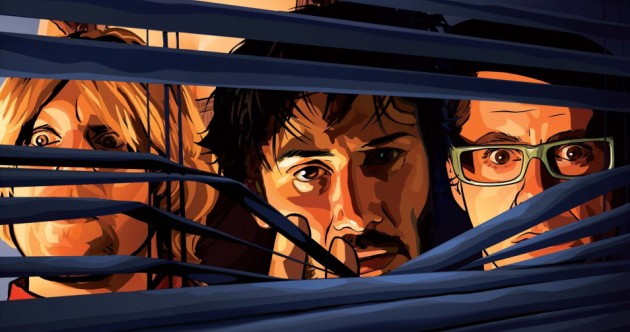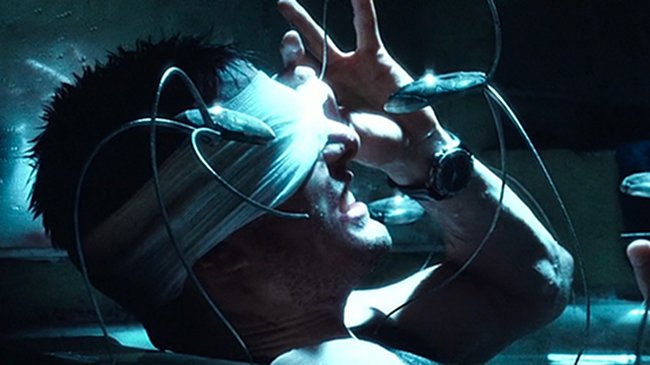Many of the most popular science fiction movies have had an earlier basis in literature. In some cases, the connection has been close, and the authors have even had a hand in the creation of the film. In others, the films depart from the specifics of the books and modernize them for new audiences. Now let’s take a look at the classic literature behind these classic films.
10. The War of the Worlds (2005)
H.G. Wells has been remembered as one of the original fathers of science fiction, along with Jules Vernes (Journey to the Center of the Earth) and Hugo Gernsback (Amazing Stories). His variety of hit stories include such classics as The Time Machine, The Invisible Man, and The Island of Doctor Moreau.
The War of the Worlds was a fascinating story about an invasion of Earth by Martians. Early signs of the coming invasion begin with small disturbances, but soon grow exponentially, plunging the world into a post-apocalyptic state.
One of the most memorable features of Wells’ classic is the matter-of-fact way in which the surreal events are reported in the book. This style creates a sense of realism for the story that was unique at the time. In real life, a radio broadcast of an adaptation of War of the Worlds narrated by Orson Welles on Halloween 1938 was alleged to cause panic in some of its listeners.
Steven Spielberg’s modern film version changes some features of the stories’ tone and specific events, but retains much of its major plot and storytelling style. The story is essentially one of a man, played by Tom Cruise, put in a perilous situation to survive an alien invasion and protect his child. Dangers he runs into include finding basic resources and safe refuge, warding off humans who have become dangerous in the anarchic post-apocalyptic countryside, and avoiding contact with the alien invaders themselves.
A compelling feature of the movie is that it plays out in a true-to-life, almost home video way, which makes the audience feel like they are right in the room with the characters. Cruise turns out to be a great choice for the dramatic role in this film, and Spielberg, one of the most famous living film directors, is also a natural choice, having come from previous success in alien films such as Close Encounters of the Third Kind and E.T. The Extra-Terrestrial.
9. I, Robot (2004)
Isaac Asimov was a classic “Big Three” science fiction author. Some of his most memorable stories deal with robots who have a form of consciousness that makes them analogous to humans. I, Robot is a collected volume that includes nine short stories on the subject.
Asimov’s robot stories were interesting for examining the kinds of laws or morality that would exist in a future where conscious robots become reality, and what kinds of laws the robots would be programmed or commanded to follow.
The film version directed by Alex Proyas (The Crow, Dark City) brings the classic story to life in a modernized action drama. Will Smith plays a protagonist who has become distrustful of robots due to a past accident when one failed to obey its program. Events throw him into an investigation of a strange murder – one which may have been caused by a malfunctioning robot. The hero must accompany Bridget Moy’s character, who is a woman that displays few emotions herself.
The movie is an action epic with effects that go beyond Terminator, complete with futuristic car chases and citywide gun battles. Smith and Moy are good choices for the characters whose personalities play off each other well, and the result is an entertaining and thoughtful film.
8. The Butterfly Effect (2004)
Ray Bradbury is another father of many themes in science fiction, known especially for his book Fahrenheit 451, which dealt with the topic of book censorship. In his short story A Sound of Thunder, Bradbury explored the concept of the occurrence of a small event in the present causing large-scale differences in the future – aka the butterfly effect.
Bradbury’s story begins in a future where time travel is possible. Events get set in motion when the protagonists travel to the past to hunt dinosaurs, but fail to realize that their actions could drastically change in the future they will return to. A Sound of Thunder was eventually adapted into a 2005 film of the same name, which was an entertaining action hit.
A more widely known film that explored the story’s theme was the psychological thriller The Butterfly Effect, directed by Eric Bress and J. Mackye Gruber, and featuring memorable roles by Ashton Kutcher, Ethan Suplee, and Amy Smart.
The plot follows a college student with the ability to travel in time as he attempts to fix negative events in his past. As the film progresses, the characters learn that changing the past can have massive – and potentially horrific – effects on their future, which soon accelerates a race to fix the present. As a thriller with horror elements, The Butterfly Effect is entertaining and attention capturing.
7. A Scanner Darkly (2006)
Philip K. Dick’s stories have been known for their distinctive paranoid or post-modernist feel, similar to that of the The Matrix but with less physical combat and more focus on the psychology of the characters. A Scanner Darkly follows a group of friends who use a fictional illegal drug that the society has gained an interest in monitoring. The agents tracking the drug’s use wear “scramble-suits” that hide their identity by making them appear as continually morphing their bodily features and clothing.
The pace of the story picks up as the friends’ lives come to increasingly intersect with members of the drug enforcement, leading to a concern of being followed that is difficult to write off as chemical paranoia. The core theme of the movie, adapted from the novel with fidelity, is loss or split of personal identity, analogized by the split-brain experiments in neuroscience. Many twists plot follow, and the reader is taken along for a wild and at times disturbing ride.
Richard Linklater’s treatment of the story does it justice and updates it for a modern audience. Linklater had previously explored experimental filmmaking with philosophical themes in titles such as Slacker and Waking Life. Waking Life used an animation-cinematography technique known as rotoscoping to create an animated-over version of a live-action film. P.K.D. himself is also referenced at the end of the film, in a scene describing his gnostic belief that the world is an illusion.
Appropriately for the films themes of loss of touch with reality, the rotoscoping technique was also brought along for the production of A Scanner Darkly. The bohemian slacker characters in the story are made compelling by acting performances by Keanu Reeves, Robert Downey, Jr., Woody Harrelson, and Winona Ryder. The effect feels true to life, making the turns the film takes all the more engaging.
6. Minority Report (2002)
Minority Report was originally a short story by the neo-noir dystopian writer Philip K. Dick. The main character of the story is head of a futuristic Precrime organization. Precrime – referring to a future crime – is detected by three humanoid mutant “precogs” that the Precrime division works with, in a way similar to prophecy.
Things change drastically one day as the protagonist learns that he has been predicted to be guilty of precrime himself – murder. Escalations and chases are set off as he races to escape capture by the authorities and find a way to prove his innocence. Ironically, however, the situation of violent conflict he put into has the potential to make the murder prediction something like a self-fulfilling prophecy. In this way, Dick explored the concept of free will versus its absence.
Steven Spielberg directed the film with Tom Cruise cast as the main character. The high-octane action and suspense of the story, combined with a truly compelling concept and state-of-the-art special effects for the time, led Minority Report to become an unforgettable blockbuster hit.
